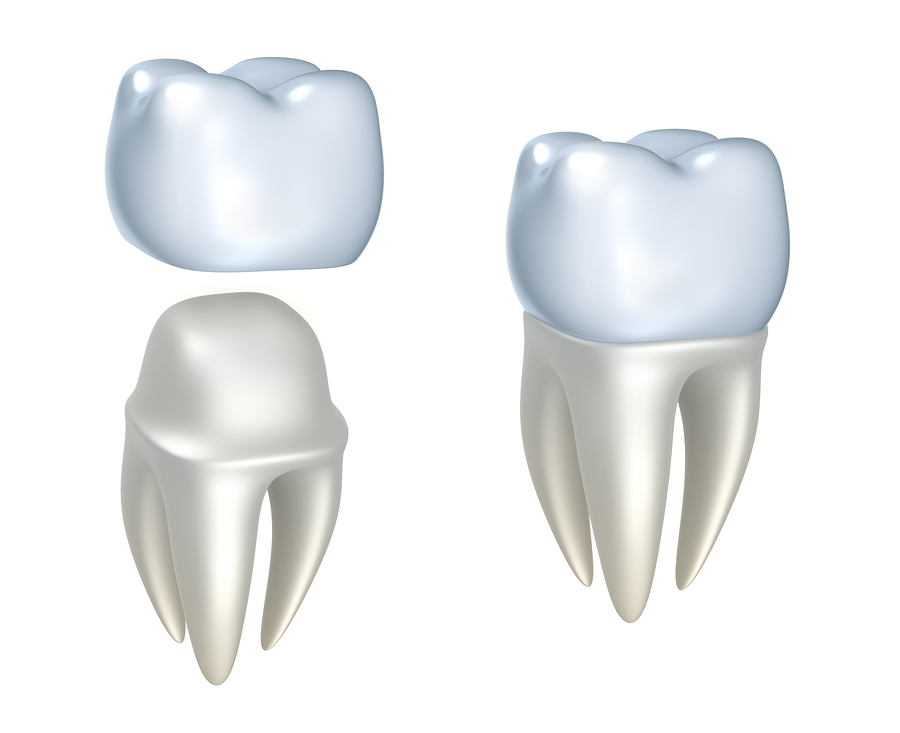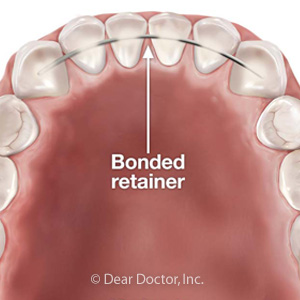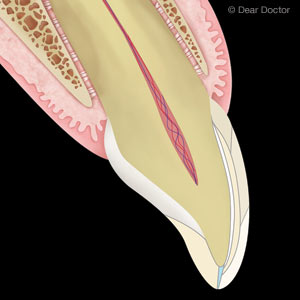
In their normal, healthy condition, your teeth are durable, white in color, whole, smoothly contoured, and have a thick layer of protection dental crownsaround the sensitive inner layers. But as the years progress, a normal tooth can become compromised by wear and tear. If you notice that one of your teeth has become damaged, injured, chipped, or poorly colored, a family dentist at Northland Dental Centre in London, ON, can shore it up with a dental crown.
What Are Dental Crowns?
Just as a queen’s crown has a space open at the center for a person’s head, a dental crown has an opening in the middle so that it can cover a damaged tooth. It is a tiny device made of hard, smooth white porcelain material that very closely resembles tooth enamel. A crown’s purpose is to protect and beautify a vulnerable tooth. The base of a crown is designed to lie flush with the gumline from the front to the back, providing full coverage.
How Dental Crowns Shore Up Your Teeth
Your London, ON, family dentist will remove the bad outer enamel from your tooth, then work on shoring it up with a dental crown. The crown acts as an enamel replacement, bonding to the tooth and adding a new, thick layer of protection. The porcelain material used makes the crown virtually impenetrable, so you won’t have to worry about dental infections, staining, or damage from bruxism for a long time (about five to 10 years).
The Dental Crown Placement Process
Plan to make about three visits to your dentist’s office for a crown. The first appointment is set to determine that this is a good treatment for you (the tooth must be X-rayed). The second appointment is when you’ll have impressions taken, and the third visit is to have the newly made crown attached. At this bonding appointment, the crown will be adjusted so that it looks very similar to your other teeth.
Shore Up Your Smile
As strong and beautiful as your smile may be, one weak link can compromise its overall stability. Contact the dental team at Northland Dental Centre in London, ON, to schedule a consultation with a family dentist on staff. Call (519) 455-2551 today for an appointment.



